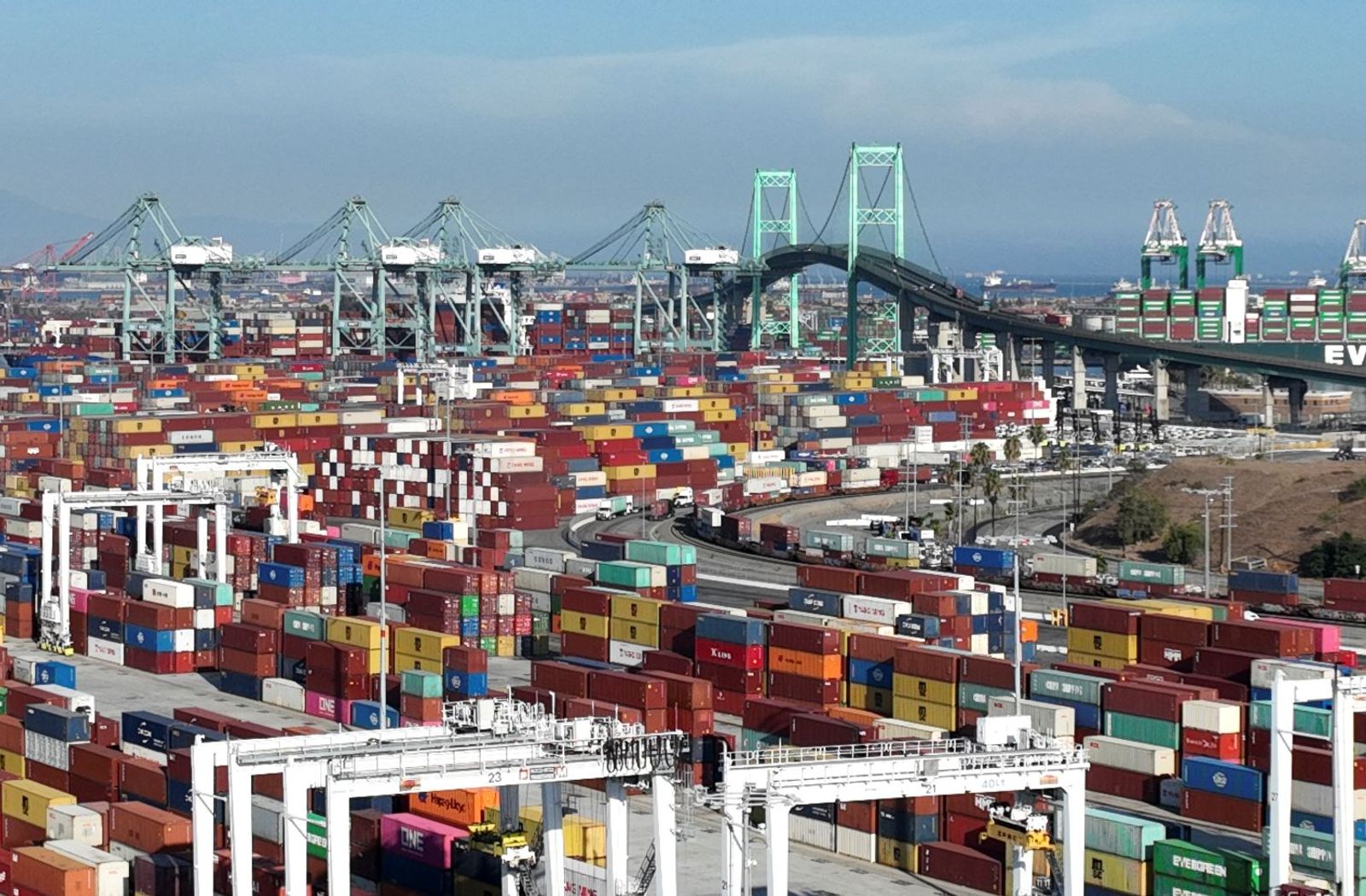
Spot rates on the eastbound trans-Pacific have jumped by about $700 to the US West Coast this week with retailers stepping up their purchase orders for the fourth quarter now that factories in Asia have reopened following the Golden Week and Autumn festivals, market sources say. But forwarders say the effort to end a four-month decline in container spot rates may stumble, and carriers have few other options.
The gains came via a general rate increase (GRI) carriers implemented Wednesday, with prices rising to about $2,000 per FEU for West Coast business from $1,300 per FEU last week. Multiple forwarders and a carrier source told the Journal of Commerce that carriers are getting the higher rates from customers.
“Bookings are stronger than anticipated after the Autumn Festival,”one forwarder said.“In general, the market is showing some resilience.”
Business to the US East Coast was pegged at $3,050 to $3,100 per FEU, up from $2,300.
Still, carriers and forwarders expect this week's GRIs, such as the price hike made on Sept. 1, to deteriorate after a week to 10 days, likely to be followed by additional GRI attempts on Nov. 1 and Nov. 15.
“This could be deja vu from Sept. 1,”said Chris Sur, vice president/ocean of freight contract logistics at the forwarder Unique Logistics International.
Helping to support the trans-Pacific market at the moment is the fact that vessel capacity has been reduced amid multiple blank sailings and some suspended weekly services due to weakened import demand in August and September.
Yet another factor influencing retailers'ordering behavior this fall has been tariff uncertainties amid the Trump administration's shifting trade policies for individual countries. This will play out for the remainder of the fourth quarter, said Jon Monroe, who serves as an adviser to forwarders.
“Nobody knows what to expect from Trump,”he said.“Everyone is rushing now to get their orders out by the end of the year.”
Inventory restocking, spring imports coming next
Retailers, especially the big box stores, are beginning to focus now on re-stocking their inventories and placing their spring orders, said Robert Khachatryan, CEO of the forwarder FreightRight Global Logistics.
“We could see increased orders in November and December,”he said.
The traditional peak season shipping patterns this year were disrupted by the constantly changing US tariff announcements.
July was the peak month for US imports from Asia; normally, imports of holiday merchandise remain strong from August through October. US imports from Asia in July totaled 1.81 million TEUs, dropping to 1.75 million TEUs in August and 1.58 million TEUs in September, according to PIERS, a Journal of Commerce sister product within S&P Global.
Carriers have already filed their 30-day notice in advance of proposed GRIs for Nov. 1 and Nov. 15, so further rate hikes, albeit short-lived, can be expected as liners attempt to set a floor under spot rates, a carrier executive told the Journal of Commerce.
“Rates had gotten too low. This behavior is nothing new,”the source said.

